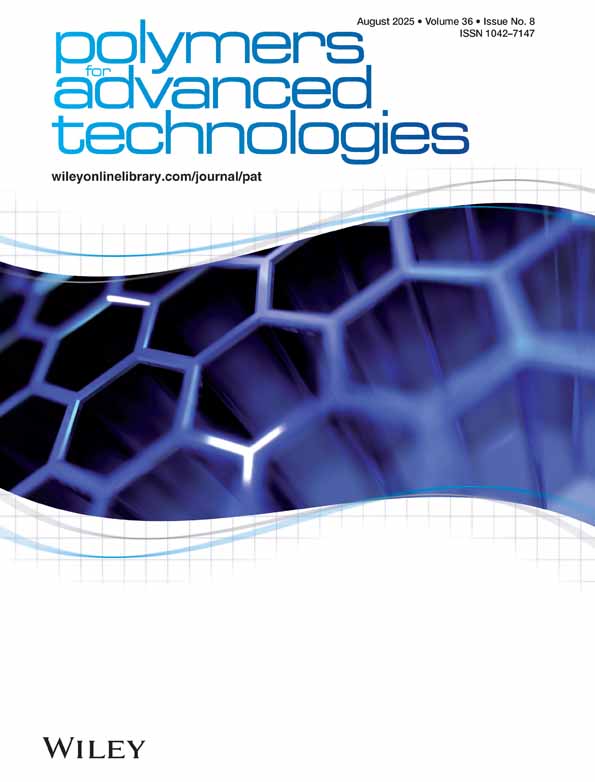Polyoxyethylenated bisphenol-A for breaking water-in-oil emulsions
Abstract
Polyethylene glycol (PEG) of different molecular weights, namely, 600, 1000 and 4000 g/mol was reacted with bisphenol A to form compounds having different hydrophile–lipophile balances and hence different surface activities. The interfacial tension at the aqueous/benzene interface was determined. It was found that the concentrations of demulsifiers required to cause a minimum interfacial tension are always less than those inducing a maximum demulsification efficiency. The demulsification efficiency of the prepared surfactants in breaking synthetic water in benzene emulsions stabilized by petroleum asphaltenes was evaluated. The data revealed that the demulsification efficiency increases with increasing demulsifier concentration, contact time and hydrophilicity.




